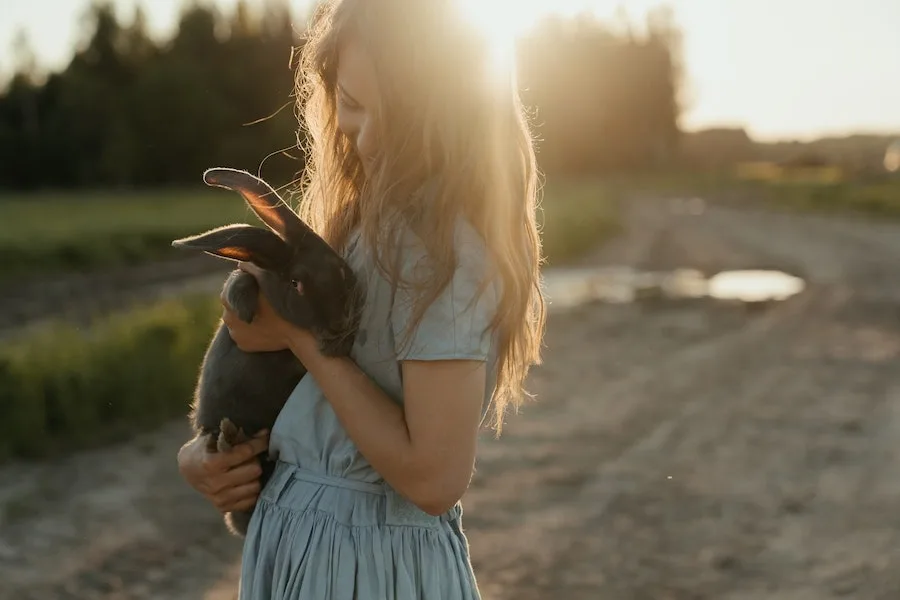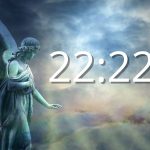Alice in Wonderland is a timeless classic that has captured the hearts and imaginations of readers for generations.
Written by Lewis Carroll, the story follows the adventures of a young girl named Alice as she falls down a rabbit hole and enters a fantastical world full of peculiar characters and mind-bending scenarios.
While the story is often considered a children’s tale, it has a much deeper meaning that speaks to the human condition and the spiritual journey.
At its core, Alice in Wonderland is a story about transformation and self-discovery.
As Alice navigates the surreal landscape of Wonderland, she encounters a host of strange and often contradictory characters that challenge her perceptions of reality and force her to confront her own limitations.
Through her journey, Alice learns to question authority, embrace her own curiosity, and trust in her intuition – all important lessons for anyone on a spiritual path.
Many scholars and spiritual teachers have explored the deeper meaning of Alice in Wonderland, and have found rich symbolism and allegory throughout the story.
In the following sections, we will explore some of the key themes and symbols in Alice in Wonderland and how they relate to the spiritual journey.
Origins and Background
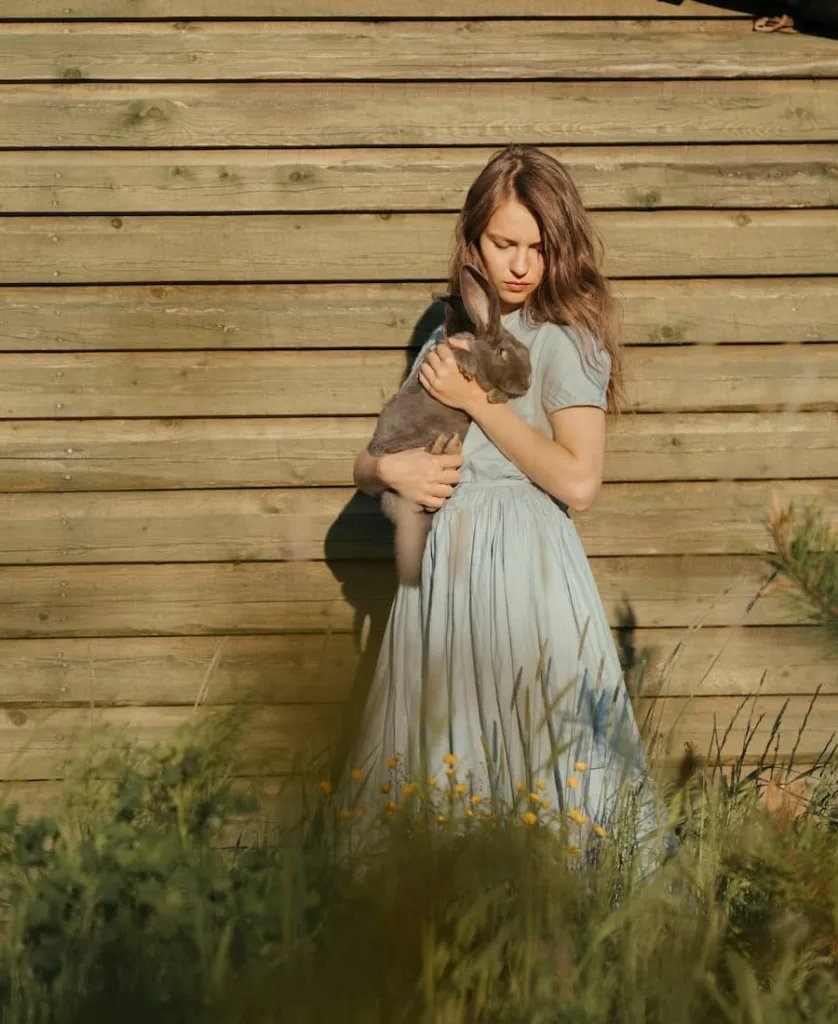
Lewis Carroll, whose real name was Charles Lutwidge Dodgson, wrote Alice’s Adventures in Wonderland in 1865. He was a mathematician and a lecturer at Christ Church, Oxford.
The story was inspired by a boat trip he took with the three Liddell sisters, one of whom was named Alice.
Carroll told the sisters a story about a girl named Alice who followed a white rabbit down a rabbit hole and entered a fantastical world.
The book was an instant success and has since become a beloved classic. It has been translated into over 100 languages and adapted into numerous films, TV shows, and plays.
The story has endured because of its imaginative and surreal world, memorable characters, and underlying themes.
The characters Alice meets along the way, such as the Cheshire Cat, the Mad Hatter, and the Queen of Hearts, are all unique and memorable in their own way.
Carroll’s background as a mathematician is evident in the story’s use of logic puzzles and wordplay. The story also contains satirical elements, poking fun at Victorian society and its strict rules and conventions.
There has been much speculation about the inspiration behind the story’s characters and events.
Some have suggested that Alice Liddell, the real-life inspiration for the story’s protagonist, was the source of inspiration for other characters as well. Others have pointed to Carroll’s own experiences and interests as the inspiration.
Regardless of its origins, Alice’s Adventures in Wonderland has become a timeless classic that continues to captivate readers of all ages.
Its themes of identity, curiosity, and imagination have made it a favorite among those seeking a deeper spiritual meaning in the story.
Alice and Her Adventures
Alice, the protagonist of “Alice’s Adventures in Wonderland,” is a curious and adventurous young girl who follows a white rabbit down a rabbit hole and enters a fantastical world.
Her journey is filled with strange and surreal experiences that challenge her perceptions of reality and lead her to question the nature of existence.
Throughout her adventures, Alice is guided by her intuition and her sense of curiosity. She is not afraid to ask questions and explore the unknown, even when it leads her into dangerous or uncomfortable situations.
Her willingness to embrace the unexpected and to challenge conventional wisdom is a key part of her spiritual journey.
At the same time, Alice’s adventures are also a test of her faith and her ability to trust in a higher power.
She is constantly confronted with situations that challenge her sense of control and her understanding of the world around her.
Through these challenges, she learns to let go of her preconceptions and to trust in the journey, even when it takes her to unexpected places.
Overall, Alice’s adventures in Wonderland are a powerful metaphor for the spiritual journey of self-discovery.
Through her experiences, she learns to trust in her intuition, to embrace the unknown, and to let go of her fears and doubts.
Her journey is a reminder that the path to enlightenment is not always easy or straightforward, but that it is always worth the effort.
Symbolism and Hidden Meanings
Alice’s Adventures in Wonderland is a masterpiece of literature that has fascinated readers for generations.
The story’s symbolism and hidden meanings have been the subject of much speculation and interpretation. In this section, we will explore some of the most prominent symbols and hidden meanings in the story.
One of the most significant symbols in Alice’s Adventures in Wonderland is the rabbit hole. The rabbit hole represents a portal into the unknown, a journey into the subconscious mind.
As Alice falls into the rabbit hole, she is entering a dreamlike state, where the rules of reality no longer apply. The rabbit hole is a powerful symbol of the human mind’s ability to explore the unknown and the mysterious.
Another prominent symbol in the story is the Cheshire Cat. The Cheshire Cat is a mysterious and enigmatic character who appears and disappears at will.
The cat’s grin, which remains even after its body has disappeared, is a symbol of the impermanence of reality.
The Cheshire Cat represents the idea that reality is not always what it seems, and that the truth can be elusive and hard to grasp.
The Queen of Hearts is another significant character in the story, and she represents the human ego.
She is obsessed with power and control and is quick to anger when her authority is challenged. She is a symbol of the human desire for dominance and the need to be in control.
The imagery in Alice’s Adventures in Wonderland is also rich with hidden meanings. The Mad Hatter’s tea party, for example, is a symbol of the absurdity of social conventions.
The tea party is a chaotic and nonsensical event, where the guests are all mad and the rules of etiquette are ignored. The tea party represents the idea that social norms and conventions are often arbitrary and meaningless.
In conclusion, Alice’s Adventures in Wonderland is a story that is full of hidden meanings and symbolism.
Characters and Their Spiritual Significance
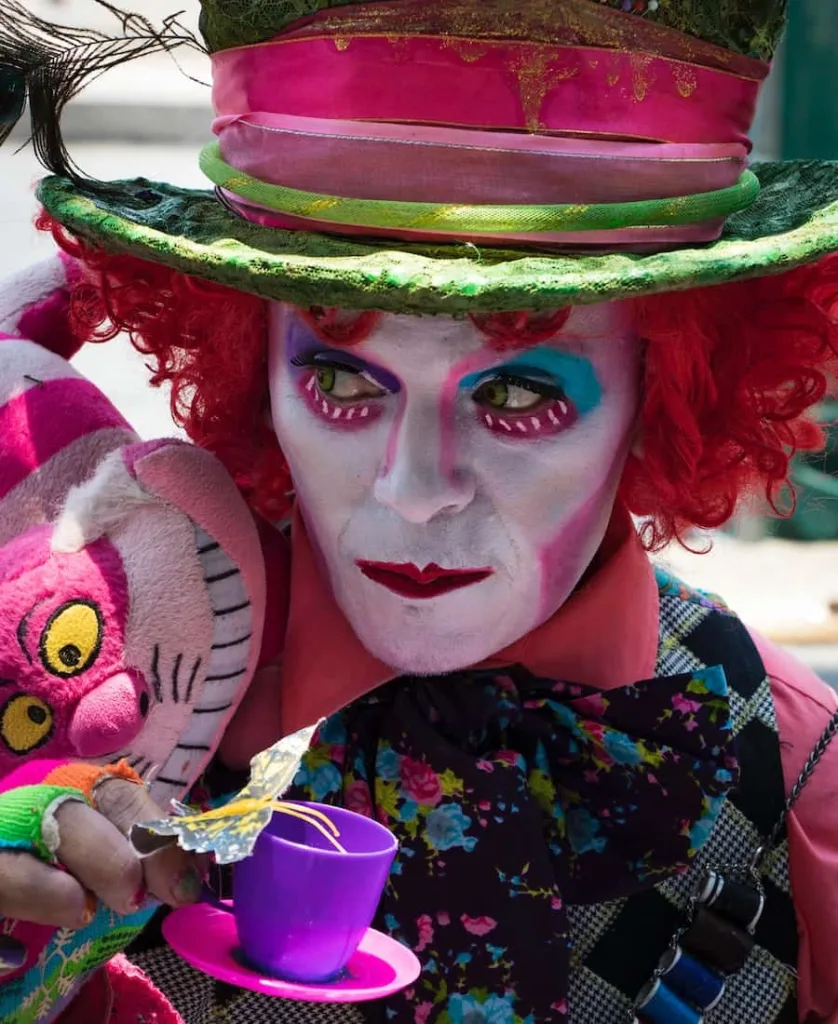
Alice in Wonderland is a story that has captivated readers for generations.
The characters in the story are not only entertaining but also hold spiritual significance. Here are some of the characters and their spiritual significance.
White Rabbit
The White Rabbit represents time and the importance of being punctual. In the story, he is always in a hurry and worried about being late.
This can be seen as a reminder to live in the present moment and not waste time worrying about the future or dwelling on the past.
Rabbit
The Rabbit is another character that represents time. However, unlike the White Rabbit, he is more laid back and carefree. This can be seen as a reminder to balance work and play and not take life too seriously.
Caterpillar
The Caterpillar represents transformation and growth. He is constantly changing and evolving, shedding his old skin to become something new.
This can be seen as a reminder to embrace change and not be afraid to let go of old habits or beliefs that no longer serve us.
Cheshire Cat
The Cheshire Cat represents wisdom and intuition. He is always one step ahead of Alice and seems to know more than he lets on.
This can be seen as a reminder to trust our instincts and listen to our inner voice.
Queen of Hearts
The Queen of Hearts represents anger and the destructive power of unchecked emotions. She is quick to anger and uses her power to punish those who cross her.
This can be seen as a reminder to control our emotions and not let them control us.
Mad Hatter
The Mad Hatter represents creativity and imagination. He is always coming up with new ideas and pushing the boundaries of what is possible.
This can be seen as a reminder to embrace our creative side and not be afraid to think outside the box.
In conclusion, the characters in Alice in Wonderland hold spiritual significance and can be viewed as symbols for various aspects of life.
Recommended post: Spiritual meaning of a bird flying into your window.
Influence of Mathematics and Philosophy
Alice in Wonderland is not only a children’s story but also a complex allegory that has been interpreted in many different ways.
One of the most significant influences on the story is mathematics. Lewis Carroll, the author, was a mathematician himself, and many of the characters and events in the story have mathematical references.
For example, the Cheshire Cat’s grin is often associated with the mathematical concept of a “catenary curve,” which is the shape that a chain or rope takes when it is suspended between two points.
In addition to mathematics, philosophy also plays a vital role in Alice in Wonderland.
The story is full of philosophical ideas and questions, such as the nature of reality, the meaning of life, and the existence of free will.
For example, the Caterpillar’s question, “Who are you?” can be interpreted as a philosophical inquiry into the nature of identity and selfhood.
The story also contains numerous riddles and puzzles that require philosophical and logical thinking to solve.
For instance, the Mad Hatter’s riddle, “Why is a raven like a writing desk?” has puzzled readers for years and has been interpreted in various ways.
Furthermore, Alice in Wonderland can be seen as a metaphorical maze, both physically and mentally. This maze-like structure can be interpreted as a representation of the complexity and unpredictability of life.
Overall, mathematics, philosophy, riddles, and mazes all play significant roles in Alice in Wonderland, adding layers of meaning and complexity to the story.
Interpretations and Criticisms
Alice in Wonderland has been the subject of numerous interpretations and criticisms since its publication in 1865.
Critics have analyzed the book from various perspectives, including psychological, political, philosophical, and spiritual.
Some have even suggested that the book contains hidden meanings and allusions that are yet to be fully understood.
One of the most famous interpretations of Alice in Wonderland is the psychoanalytic one. According to this perspective, the book is a reflection of Lewis Carroll’s own repressed sexuality.
Critics have pointed to the many instances of sexual symbolism in the novel, such as the phallic-shaped mushrooms that Alice encounters and the caterpillar’s suggestion that she should “keep her temper.”
However, this interpretation has been criticized for being overly simplistic and reductionist.
Another interpretation of Alice in Wonderland is the political one. Some critics have suggested that the book is a commentary on the Victorian era’s rigid social hierarchy and the oppressive nature of authority.
For example, the Queen of Hearts can be seen as a symbol of tyrannical power, while the Mad Hatter represents the oppressed working class.
However, this interpretation has also been criticized for being too simplistic and not taking into account the book’s more complex themes.
In addition to these interpretations, there are also many mysteries surrounding Alice in Wonderland that have yet to be fully explained.
For example, some critics have questioned the identity of the real Alice, the inspiration for the book’s protagonist.
Others have speculated about the meaning behind certain characters and events, such as the Cheshire Cat’s disappearing grin and the Mad Hatter’s tea party.
Despite these criticisms and mysteries, Alice in Wonderland remains a beloved classic that continues to captivate readers of all ages.
Connections to Drugs and Disorders
Alice in Wonderland has been widely interpreted as a story about drugs due to its surreal and fantastical nature.
Lewis Carroll, the author of the book, was known to have experimented with drugs, including opium, which was a common drug in the Victorian era.
However, there is no concrete evidence that suggests that the book was directly influenced by drug use.
The idea of drugs in Alice in Wonderland gained popularity during the 1960s, a time when LSD was widely circulated.
The notion that the surreal aspects of the text are the consequence of drug-fuelled dreams resonates with the culture of that era.
However, the story itself is open to interpretation, and there are many other themes and messages that can be gleaned from it.
There are also connections between Alice in Wonderland and eating disorders.
Alice’s constant changes in size and shape throughout the story have been interpreted as a commentary on the societal pressure to conform to a certain body type.
Additionally, the character of the Duchess, who is obsessed with pepper and sneezes uncontrollably, has been seen as a representation of bulimia.
Thomas De Quincey’s Confessions of an English Opium Eater, a book about his own experiences with opium addiction, has been cited as a possible influence on Carroll’s work.
However, it is important to note that Carroll’s use of drugs, if any, was likely recreational and not addictive.
Overall, while there are connections between Alice in Wonderland and drugs and disorders, it is important to approach these interpretations with a critical eye and consider the broader themes and messages of the story.
Recommended post: 11 Spiritual meanings of a white butterfly landing on you.
Alice in Popular Culture
Alice in Wonderland has been a popular story for over 150 years, and it has inspired numerous adaptations in popular culture.
The whimsical tale written by Lewis Carroll in 1865 has captivated audiences for generations with its imaginative story and memorable characters.
Disney’s 1951 animated film adaptation of Alice in Wonderland is perhaps the most well-known adaptation of the story. It features classic songs such as “The Unbirthday Song” and “I’m Late,” and it has become a beloved classic for children and adults alike.
In 2010, Disney released a live-action adaptation of Alice in Wonderland, directed by Tim Burton and starring Johnny Depp as the Mad Hatter. This adaptation was a box office success and received mixed reviews from critics.
Alice in Wonderland has also been referenced in popular music.
The song “White Rabbit” by Jefferson Airplane, released in 1967, was inspired by the story and features lyrics such as “One pill makes you larger, and one pill makes you small.”
The song has become a classic of the psychedelic rock genre and has been covered by numerous artists over the years.
In addition to film and music adaptations, Alice in Wonderland has also inspired fashion and art.
The story’s whimsical and colorful imagery has been featured in fashion shows and clothing lines, and it has been the subject of numerous art exhibitions and installations.
Overall, Alice in Wonderland’s enduring popularity in popular culture is a testament to the story’s timeless appeal and its ability to capture the imagination of people of all ages.
Spiritual Lessons from Alice’s Adventures
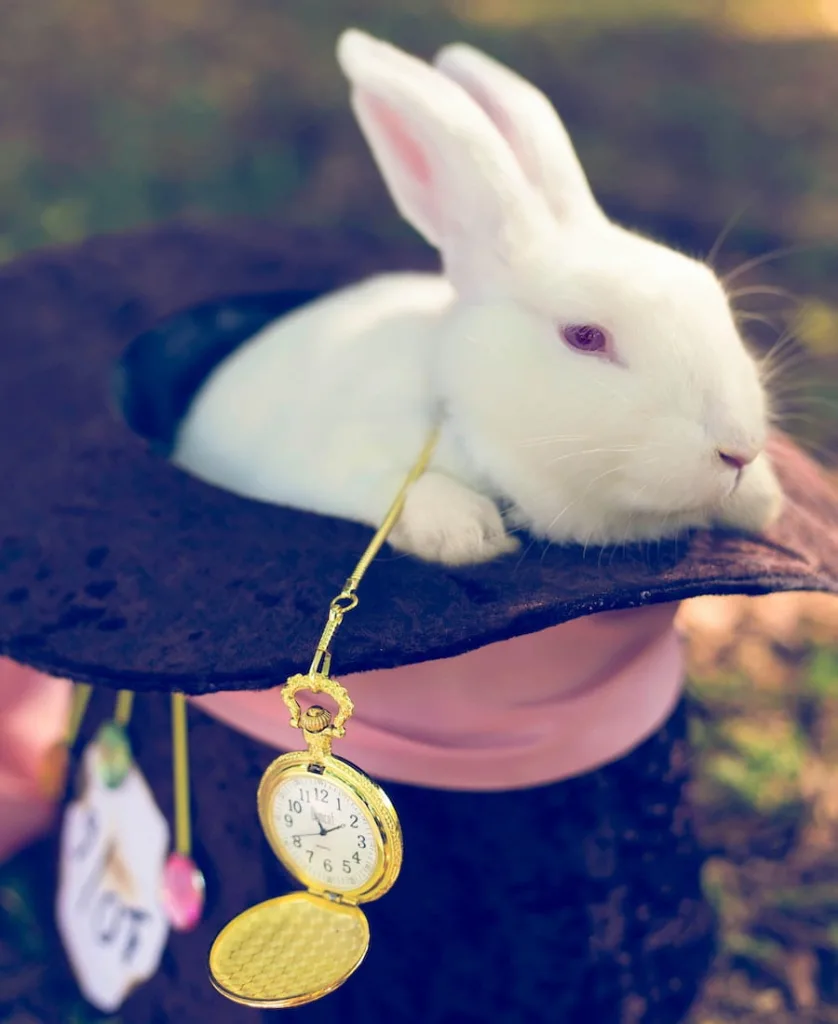
Alice’s Adventures in Wonderland is a classic tale that has been interpreted in many different ways. One of the most interesting interpretations is the spiritual meaning of the story.
Through the trials and tribulations that Alice goes through, there are many spiritual lessons that can be learned.
Trust
Alice finds herself in a strange and unfamiliar world, where nothing makes sense. She has to learn to trust herself and her instincts in order to navigate this new world.
This is a powerful lesson in trust, as Alice learns to trust her own judgment and intuition.
Comfort
Alice is often afraid and uncertain in Wonderland, but she finds comfort in the familiar things that she encounters.
For example, when she meets the Cheshire Cat, she is comforted by his familiarity, even though he is a strange and mysterious creature.
This is a lesson in finding comfort in the things that are familiar, even in unfamiliar situations.
Courage
Alice shows great courage throughout her adventures in Wonderland. She faces many challenges and obstacles, but she never gives up.
This is a lesson in courage, as Alice shows that even in the face of adversity, it is possible to be brave and persevere.
Faith
Alice’s adventures in Wonderland require her to have faith in herself and in the world around her.
She has to believe that she can overcome the challenges that she faces, and that the world is ultimately a good and just place.
This is a lesson in faith, as Alice demonstrates that having faith can help us to overcome even the most difficult challenges.
Spirit
Finally, Alice’s adventures in Wonderland are a testament to the power of the human spirit. Despite all of the challenges and obstacles that she faces, Alice never loses her sense of wonder and curiosity.
She remains true to herself and her values, and this is what ultimately allows her to succeed.
See also: spiritual meanings of the Sun.
Frequently Asked Questions
What does the rabbit in Alice in Wonderland always carry with him?
The rabbit in Alice in Wonderland always carries a pocket watch with him. The pocket watch symbolizes the importance of time and how it can control one’s life.
He is always in a hurry and rushing to get things done, which reflects the idea that time is always ticking and one must make the most of it.
What does the Mad Hatter represent in the story?
The Mad Hatter represents the chaos and disorder in Alice’s world. He is a symbol of the absurdity and irrationality that Alice encounters in Wonderland.
He is known for his nonsensical behavior and strange antics, which reflect the confusion and disorientation that Alice experiences in her journey.
What does the Queen of Hearts symbolize in Alice in Wonderland?
The Queen of Hearts symbolizes power and authority. She is a tyrant who rules over Wonderland with an iron fist and demands absolute obedience from her subjects.
She represents the oppressive forces in society that seek to control and dominate others.
What does the Caterpillar represent in the story?
The Caterpillar represents transformation and growth. He is a symbol of the changes that Alice undergoes in her journey through Wonderland.
He is the wisdom and knowledge that Alice gains as she navigates through the challenges and obstacles in her path.
What does the Cheshire Cat represent in Alice in Wonderland?
The Cheshire Cat represents ambiguity and uncertainty. He is a mysterious character who appears and disappears at will, and his cryptic statements often leave Alice confused and unsure of what to do.
What is the main moral of the story?
The main moral of Alice in Wonderland is that reality is subjective and that one’s perception of the world is shaped by their own experiences and beliefs.
The story encourages readers to question their assumptions and to embrace the unknown and the unfamiliar. It also teaches the importance of curiosity, imagination, and open-mindedness in navigating through life’s challenges.

